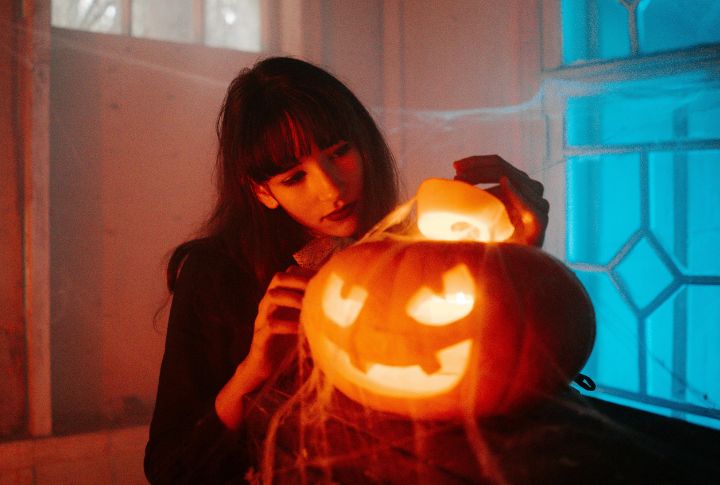
Halloween began long before candy or costumes appeared. Its past is full of strange beliefs and unexpected events that shaped the spooky night we know. Ghost stories, mysterious lights, and old rituals all played a part. Want to uncover how this eerie holiday really came to be?
Samhain’s Role As The Celtic Precursor To Halloween
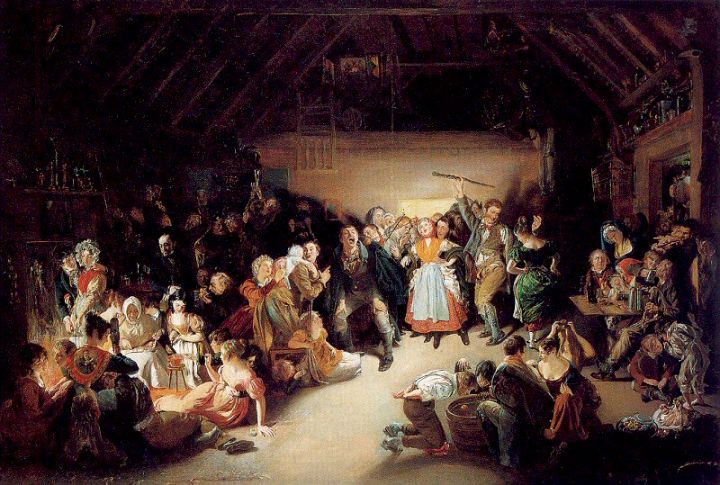
As October ended, the Celts celebrated Samhain, which marked the divide between summer and winter. They believed spirits crossed into the living world that night. Families welcomed ancestors, lit bonfires, and offered sacrifices for protection. These glowing gatherings mixed fear and faith to plant the first seeds of what we now call Halloween.
Christian Influence From All Saints’ Day And All Hallows’ Eve
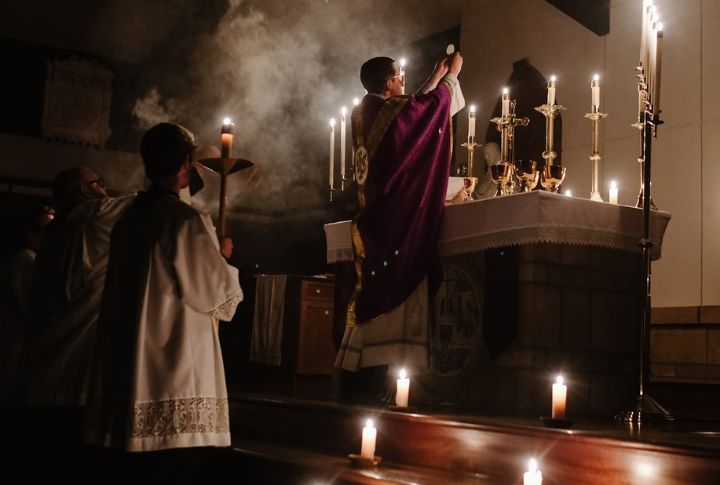
When Christianity spread, the Church cleverly merged its holy days with Celtic customs. Pope Gregory III made November 1 All Saints’ Day, and the night before became All Hallows’ Eve—later shortened to Halloween. Together with All Souls’ Day, this three-day observance honored spirits.
Thinning Boundaries Between The Living And The Dead
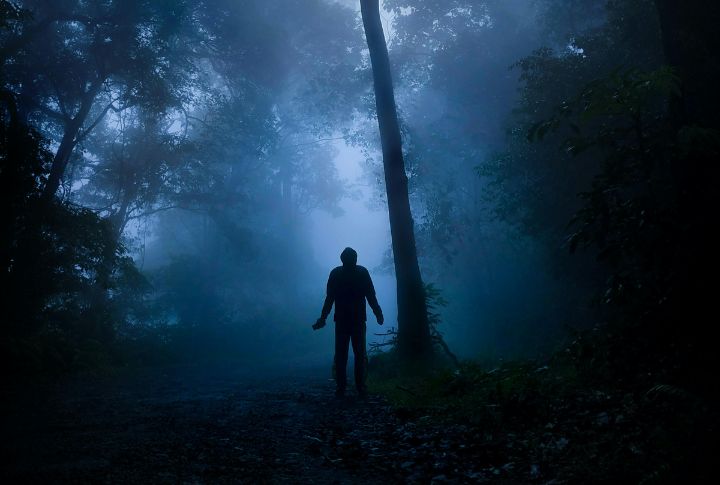
The Celts believed that during Samhain, the boundary between worlds grew dangerously thin. Spirits could freely visit the living, which brought both blessings and trouble. To honor the unseen, communities lit bonfires that guided spirits and kept harmful entities at bay.
Origins Of Costumes As Disguises From Wandering Spirits
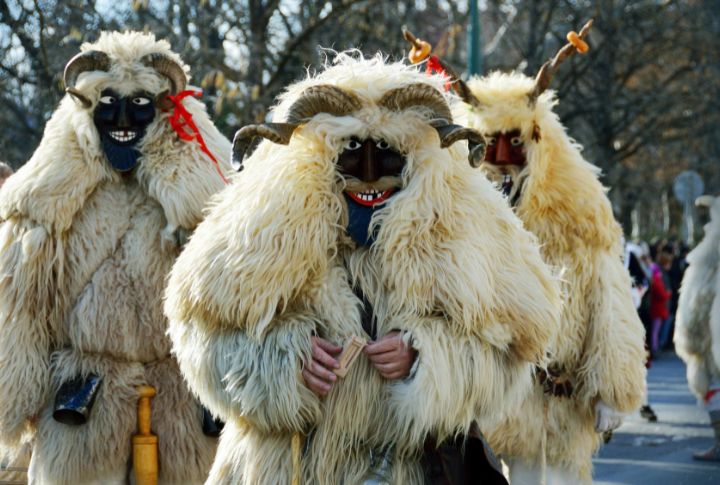
Wearing costumes began as a way to hide from restless spirits during Samhain. People dressed in animal skins and masks to merge with supernatural visitors. By the 1500s, the practice turned playful. Mummers and guisers performed in costume for treats, which further transformed fear-driven disguises into joyful Halloween celebrations.
Jack-O’-Lanterns And Their Link To Irish Folklore
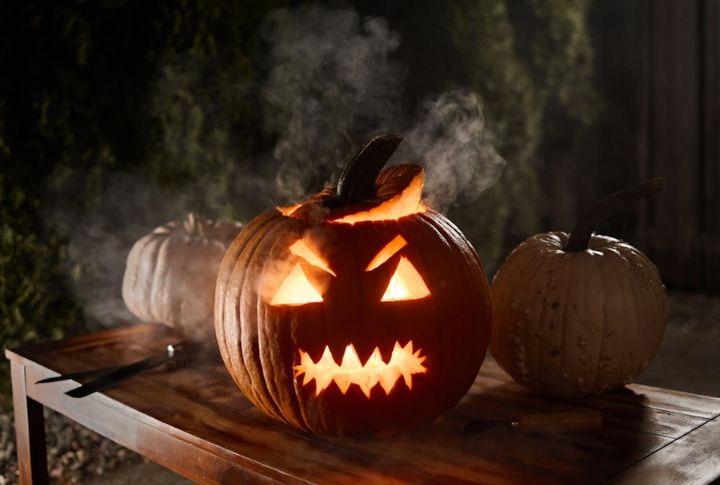
Irish legend tells of Stingy Jack, doomed to wander Earth with a glowing coal inside a carved turnip. Villagers copied his lantern to scare away spirits. When Irish immigrants reached America, they found pumpkins, which turned the jack-o’-lantern into Halloween’s most famous symbol of spooky creativity.
Trick-Or-Treating’s Evolution From Medieval “Souling”
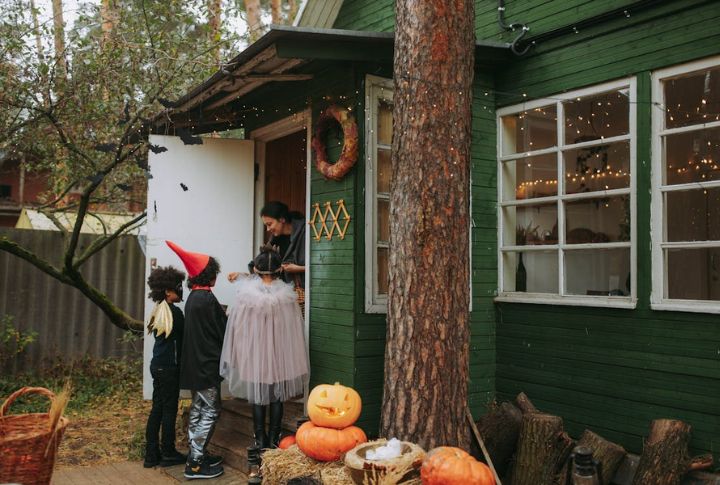
Halloween’s candy tradition began with “souling,” when the poor prayed for the dead in exchange for food. Later, Scottish and Irish children “guised” for treats while disguised. These customs crossed to America and evolved into trick-or-treating—a post–World War II phenomenon powered by candy abundance and community spirit.
Role Of Horror Films And Media
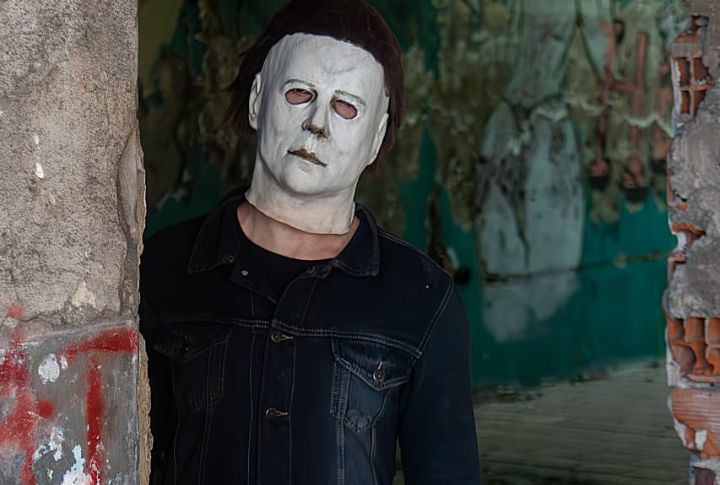
Horror movies changed Halloween forever. From Dracula to Michael Myers, film monsters gave the holiday new life, which turned fear into fun. By the mid-20th century, October was cinematic. It was the costume ideas and haunted themes that made Halloween a month-long celebration of thrills and chills.
Haunted Houses As A Commercialized Tradition
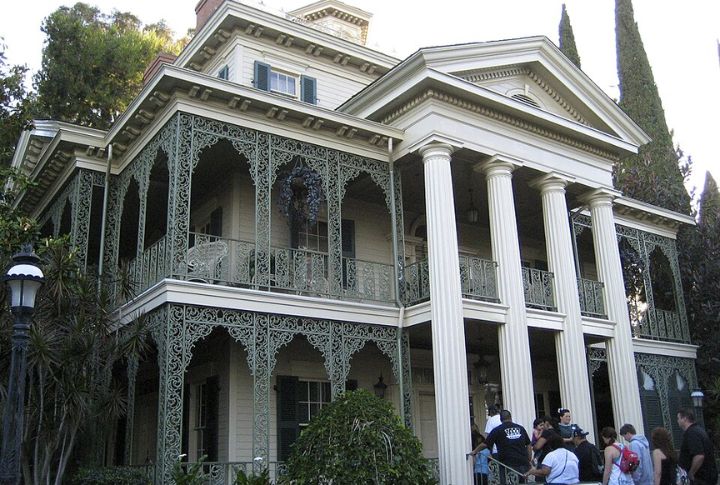
Haunted houses are modern echoes of ancient ghost stories. What once warned of real spirits now entertains with jump scares and eerie effects. These attractions mix centuries-old beliefs with clever theatrics and give people a safe way to experience fear.
The Significance Of Black And Orange
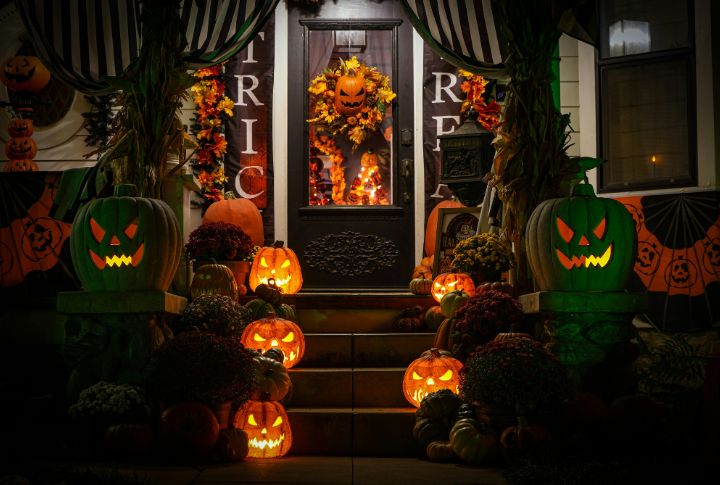
Orange reflects the warmth of harvest and autumn leaves, while black represents mystery and the coming winter. Together, they capture Halloween’s heart and culture—a vivid balance between light and darkness, life and afterlife, wrapped up in one hauntingly beautiful season.
Community Parades And Festivals As Modern Expressions Of Halloween Tradition
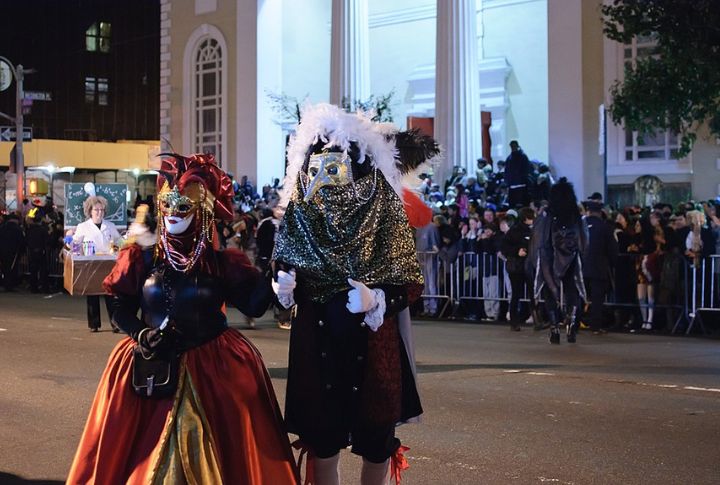
Vibrant floats adorned with jack-o’-lanterns glide past while costumed neighbors wave and themed performances unfold along decorated streets. These signature elements of modern Halloween parades and festivals, born from North American communities rather than ancient Samhain gatherings, have transformed a once-private holiday into dynamic public celebrations that strengthen neighborhood bonds.

